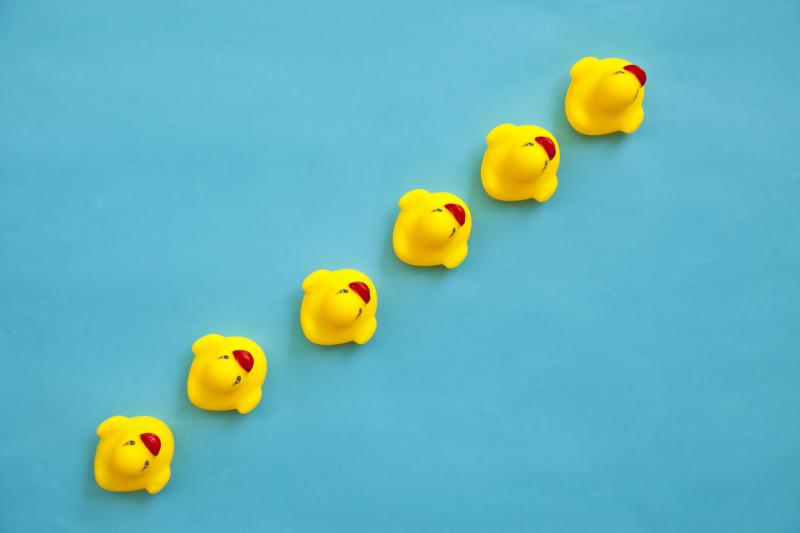
Getting Your Political Direct Mail Ducks in a Row
This post is about planning ahead for the launch a direct mail program (if you’re not there yet, but you’re thinking about becoming a candidate, do we have a blog post for you! ). If you’ve already decided to run, one of the next big things you should be thinking about is how you’re going to communicate with your target audience to get to your win number. Often, that means planning a direct mail program (“But political direct mail is so old-school!” you say? Au contraire, it’s a medium that works, and all the cool kids are totally into it).
So, without further ado, a few dos and one big don’t, as you prepare your candidacy and think through getting a direct mail program lined up.
Do:
Pin down your message and theme
While a mail program should be deployed counting backward from Election Day (more on this later), you should start the planning process early. There are a lot of benefits to doing this, as it will help you to really pin down message and theme so that all your campaign communications align and voters have a clear understanding of what sets you apart and why. Your message and theme will have direct bearing on the structure of the mail program you develop.
Invest in a photo shoot
I’m not using “invest” cavalierly here. Good photos are an expenditure that will continue to benefit your campaign across multiple mediums (direct mail, social media, digital ads, websites, earned media, you name it) as you head toward the finish line. They will also signal to voters (and donors) that you’re a serious candidate with a plan to win.
Photo shoots can—and should—happen early on in a campaign, so you’ve got access to high-quality photos for the duration of your run. Who should be involved in your shoot? I’m glad you asked…
Organize your supporters
Your photo shoot should feature supporters from your community. It takes time and a lot of organizing skill to get people to dedicate part of their Saturday morning (or another day of the week, this isn’t literal, though morning light is definitely ideal) to being photographed so they can be featured in your political communications. Do this work early—you will not regret it (though you will regret wearing a Bluetooth ear piece in your photos… true story… so please don’t do that).
Get releases
Anyone at your photo shoot should sign a release (and parents or guardians should sign releases for anyone under 18).
Look at the calendar
Political direct mail is about working backward from Election Day. Voters have short memories, so you want your mail fresh in their minds as they head to the voting booth (or as they begin to receive their absentee ballots, if that’s part of your vote goal strategy). Start planning now for your approval and mail dates. Know when you’re going to need to have money lined up to pay for your mail so you can budget and fundraise accordingly.
Budget early
What does direct mail cost? It depends on a variety of factors, including how it’s created (is your campaign doing it, are you hiring a consultant) and how many people are included in your target universe. Do the homework on cost early, so that you’re able to build the estimated pricing and have an accurate budget at your fingertips when you’re ready to actually move forward.
Don’t:
Mail too early
We often get asked if it’s a good idea to send an early mailer (I’m talking July, when Election Day is in November) in order to help bolster name recognition. The answer, pretty unequivocally, is “No.” Direct mail is a great volume messenger, and part of its efficacy relies on repetition. That’s why we typically plan for three or more pieces in fairly rapid succession working backward from Election Day. A one-off mailer is not a good use of your time or money. Instead, get to those doors and keep knocking!